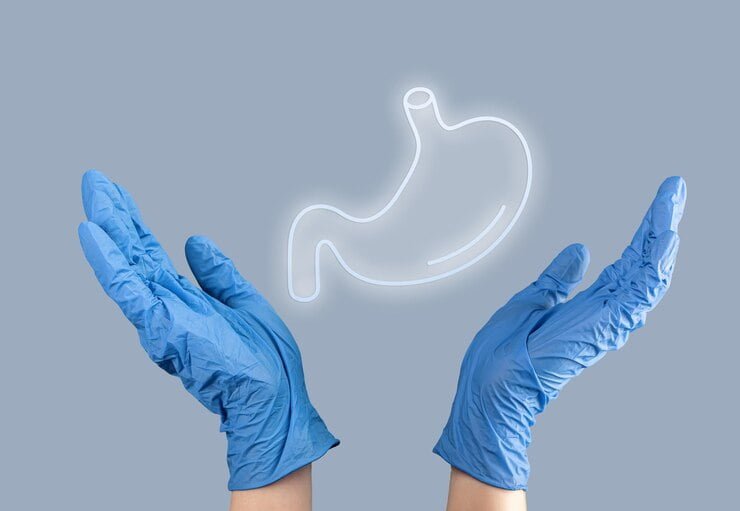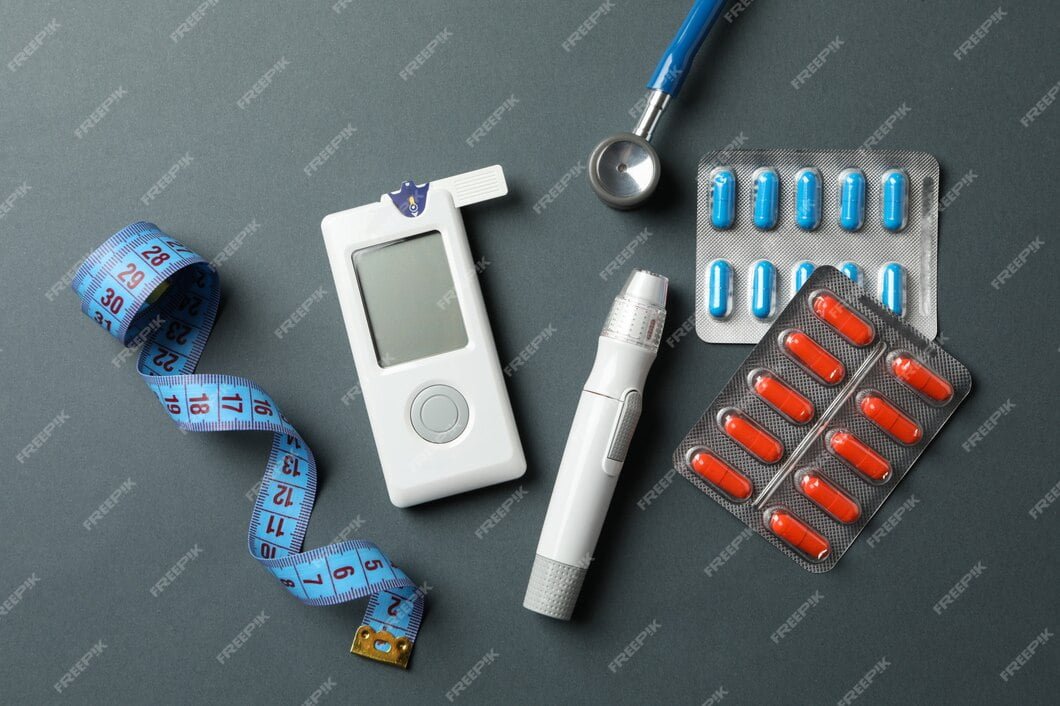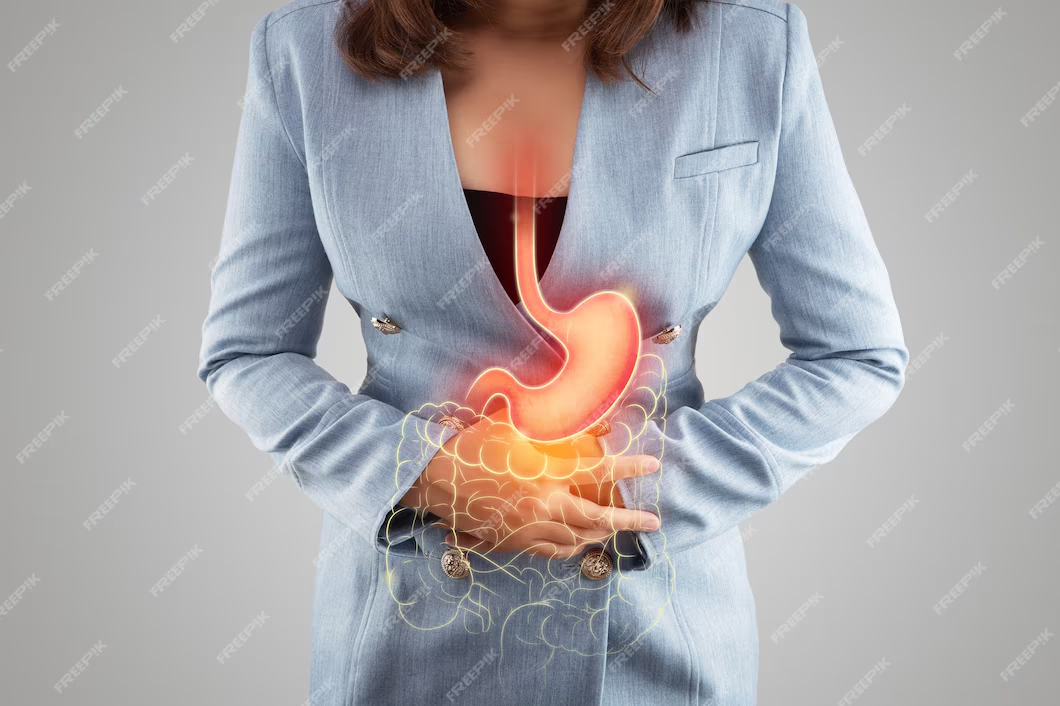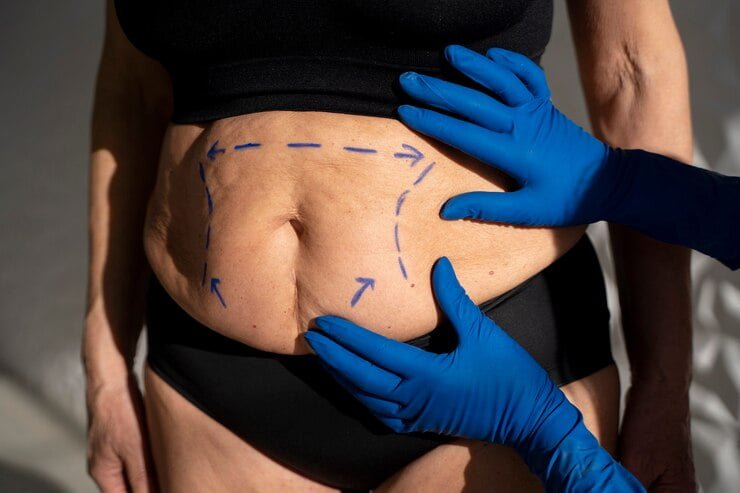The endoscopic gastric sleeve is a safe weight losing procedure that improves weight loss by compressing the stomach. In contrast to conventional surgical operations such as open and laparoscopy surgery, endoscopic procedures are carried out by an endoscope, a thin flexible tube. This tube enters through the mouth and is inserted into the stomach where the surgeon sews a sleeve from the inside to the outside of the stomach. There are several advantages with the application of endoscopic procedures, and they include minimally invasive nature, i.e., smaller cuts or no scars at all, which means quicker recovery times, less pain, and fewer risks of complications in comparison to traditional surgical methods.
1. Who is a suitable candidate for a stomach sleeve via endoscopic surgery?
Endoscopic sleeve gastroplasty is normally carried out on patients who are eligible according to a number of criteria. The healthcare provider commonly uses BMI above 30 or 35 as one of the selection criteria and also the obesity-related health issues like type 2 diabetes, high blood pressure, or sleep apnea along with it. Candidates might have tried weight loss through dieting and exercising before without much success or they may just be going through the process of losing weight for the first time. The eligibility for having this procedure is determined through consultations with healthcare providers as well as medical evaluations to assess the overall health, risk of surgical failure, and potential benefits of the procedure. Patients having the medical conditions, or have some anatomical factors present, may not be the best candidate for weight loss surgeries, and other kind of weight treatment would be better for them.
2. Preparing for an Endoscopic Gastric Sleeve
Before undergoing an endoscopic gastric sleeve procedure, patients will go through a preparation phase that involves several key aspects
Dietary Changes
During the days leading up to surgery, patients will get specific dietary instructions from the medical personnel. Such measures could range from a liquid diet or keeping certain types of foods on the low to steer the stomach correctly for the endoscopy.
Lifestyle Adjustments
Making the right way of life is necessary for all patients, with the aim of getting the best possible outcome of the surgery as well as peace of mind. Among the measures are giving up smoking, weighing down on your alcohol intake, and managing long term illnesses like diabetes and hypertension.
Pre-Operative Tests
Prior to the surgery, the patients are recommended to take some pre-operative tests, including blood test, imaging scans (like ultrasound or endoscopic imaging), and cardiac evaluation. These tests normally provide information on the status of the entire body system and any specific issues that may have developed.
Following the given pre-operative instructions is essential for patients to undertake in order to ensure proper healthcare. These instructions are provided to ensure a safe operation and also improve post-operation outcomes.
3. The Endoscopic Gastric Sleeve Procedure
The endoscopic gastric sleeve procedure will be done with sedation in order to make the patient as comfortable as possible during the procedure. Here are the key steps involved:Here are the key steps involved:
Sedation
During the process, the patients are given sedation in order to help them calm down and ease their pain. This type of anesthesia is normally administered through the use of an intravenous (IV) cannula.
Endoscopic Tools
The physician takes an endoscope, which is a tube with a camera and surgical implements at its end and uses it to access the stomach from the mouth. The endoscope is the instrument which permits the surgeon to see the inside position of the stomach, and carry out the desirable procedures without huge openings.
Sleeve Creation
The procedure utilizes a tool attached to the distal end of the instrument used during the operation, with which surgeon creates a sleeve in the stomach by stitching along the length of the stomach. The stomach’s capacity is reduced due to this, which in turn leads to early satiety and weight loss with time.
This method is minimally invasive, i.e. it does not involve big cuts like what is done during open surgery. Patients receive shorter time for recovery, experience less pain, and have a low possibility of developing complications.
4. Recovery and Post-Procedure Care
After the endoscopic gastric sleeve procedure, patients can expect a recovery period that involves gradual steps:
Post-Operative Discomfort
Some discomfort, aches or a sore throat and abdomen are normal after the procedure. The patient could be offered pain killers to deal with any unpleasant feelings.
Dietary Progression
First, patients will be on a liquid diet, then will move on to soft food and finally a solid diet as their condition allows. It is indeed very important for every plan set by the healthcare team to be followed accordingly.
Activity Guidelines
Patients are advised to do little or no physical stress that will be graded by the healthcare provider. After all, movement on a regular basis aids the process of recovery as well as mental health.
Post-Procedure Care
Scheduled review sessions will be done to track up the recovery progress, loss of weight and address any issues arising. Dedication to the longer-term dietary modifications and regular workout routine will be key in the individual’s successful weight management and overall health improvement following surgery.
5. Advantages of Endoscopic Gastric Sleeve
Endoscopic gastric sleeve surgery offers several benefits that make it an attractive option for weight loss:
Reduced Scarring
As the procedure is minimally intrusive, the incisions are smaller, or there are no external incisions at all. This ensures that the resultant scars are very rare as compared with traditional open surgery procedures.
Shorter Hospital Stays
For patients, one of the advantages of laparoscopic gastric sleeve surgery is a short duration of hospitalization compared to the traditional way. Thus, this can result in more effective recovery as well as lower health care costs.
Quicker Recovery
The advantages of endoscopic procedures include faster recovery for patients, which is caused by a minimal invasiveness of these procedures. Therefore, they are able to return to their normal daily routine earlier, having less pain and no days off needed.
Improved Metabolic Health
Weight loss in endoscopic gastric sleeve surgery is not just limited but also has far better implications on the metabolic health by dealing with the complications of type 2 diabetes, hypertension and cholesterol.
Such advantages allow endoscopic treatments to be a feasible way for patients to get effective weight losing solutions with fewer complications and speedy recovery periods.
6. Risks and Considerations
While endoscopic gastric sleeve surgery offers many benefits, it’s important to consider potential risks and factors. These include bleeding, infection, anesthesia complications, and rare issues like leaks or sleeve constriction.
Choosing experienced healthcare providers is crucial to minimize risks and ensure safety. Patients should closely follow post-operative guidelines, including diet, activity levels, and medication management. Adherence to these instructions is essential for successful outcomes and long-term weight loss.
Endoscopic gastric sleeve surgery can be an effective option for those with obesity and related health issues. Its minimally invasive nature, faster recovery, and improved metabolic health make it a promising weight loss solution.
Potential Risks
The most common risks related to endoscopic procedures include bleeding, infection, and anesthesia complications. Rare conditions like leaks and sleeve constriction problems can also occur.
Choosing Experienced Providers
To reduce risks, it is essential to pick competent healthcare providers among endoscopic bariatric surgery specialists. They will guarantee operative safety and give you the following assistance after surgery.
Observation to Guidelines
Patients’ post-operative guidelines provided by their healthcare team should be followed as directed: those include the patient’s diet, activity level, and medication management. Sticking to these principles is critical for a successful outcome and long-term weight loss expectations.
There are several advantages to endoscopic gastric sleeve surgery for those with obesity and associated medical issues. It’s a promising choice for weight loss because of the fewer surgeries, the faster recovery, and the possibility of improved metabolic health.
We encourage people considering weight loss surgery to have an appointment at Cayra Clinic. Our clinic offers personalized care programs tailored to each patient’s needs and specializes in endoscopic bariatric operations. Utilizing modern techniques and focusing on individualized treatment, our clinic helps patients achieve their weight loss goals and improve overall health and wellbeing. Get more about endoscopic gastric sleeve possibilities by getting in contact with us right now.













